EPC Codes Describe an IoT RFID Application
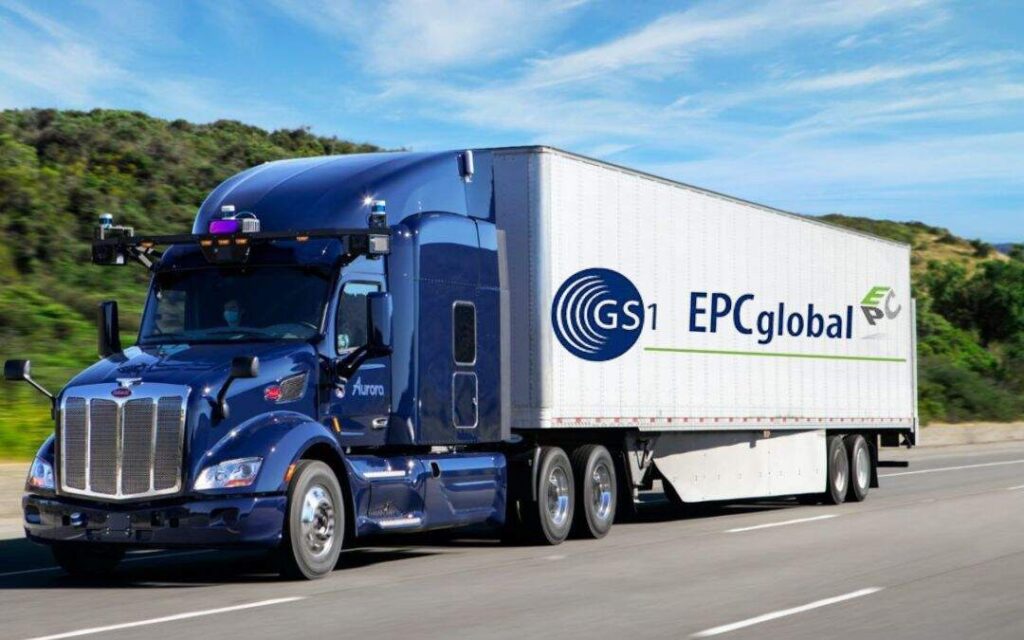
How to implement RFID technology in your cases Radio Frequency Identification (RFID) refers to a wireless system comprised of two components: tags and readers. The reader is a device that has one or more antennas that emit radio waves and receive signals back from the RFID tag. Tags, which use radio waves to communicate their identity and other information to nearby readers, can be passive or active. Passive RFID tags are powered by the reader and do not have a battery. Active RFID tags are powered by batteries. The tags contain electronically stored information and are identifiable within a few meters. Unlike barcodes, RFID tags do not need to be within the line of sight of the identifier and can also be embedded within the object being tracked. RFID tags can store a range of information from one serial number to several pages of data. Readers can be mobile so that they can be carried by hand, or they can be mounted on a post or overhead. Reader systems can also be built into the arc
NXP High Frequency RAIN RFID Family
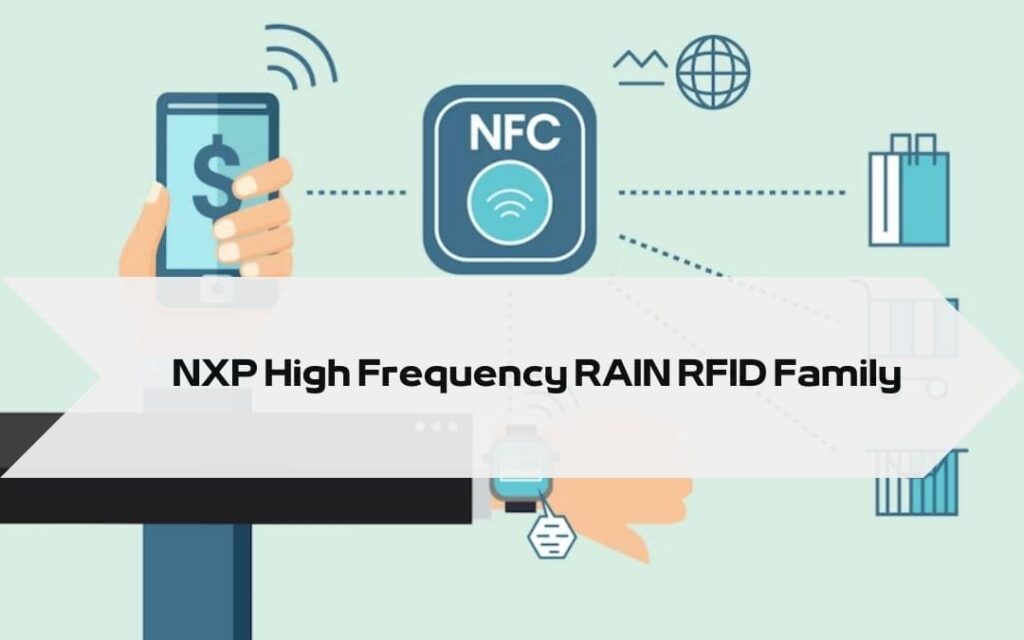
NXP High Frequency RAIN RFID Family As we know, RFID chips are the main components of RFID transponder and the core of the whole RFID system. The basic structure of the RFID chip generally contains modules such as RF front-end, analog front-end, digital baseband and memory unit. RFID chips mainly involve frequency bands such as 125KHz, 13.56MHz, 433MHz, 860-960MHz, 2.45GHz and other frequency bands, of which 13.56MHz high frequency and 860-960MHz UHF are the major applications frequency. This article focuses on 13.56MHz high frequency main RF ICs. From the standard protocol, 13.56MHz high frequency is mainly divided into ISO15693 and ISO14443 protocols, the difference between them says that ISO14443 is near-field coupling, ISO15693 is far-field coupling, ISO14443 has encryption function, ISO15693 has good penetration, strong anti-interference ability. Of course, now some ISO15693 chips have also added some encryption functions to expand their application scope, such as BGI Semiconduct
Top Different Types of RFID Chip
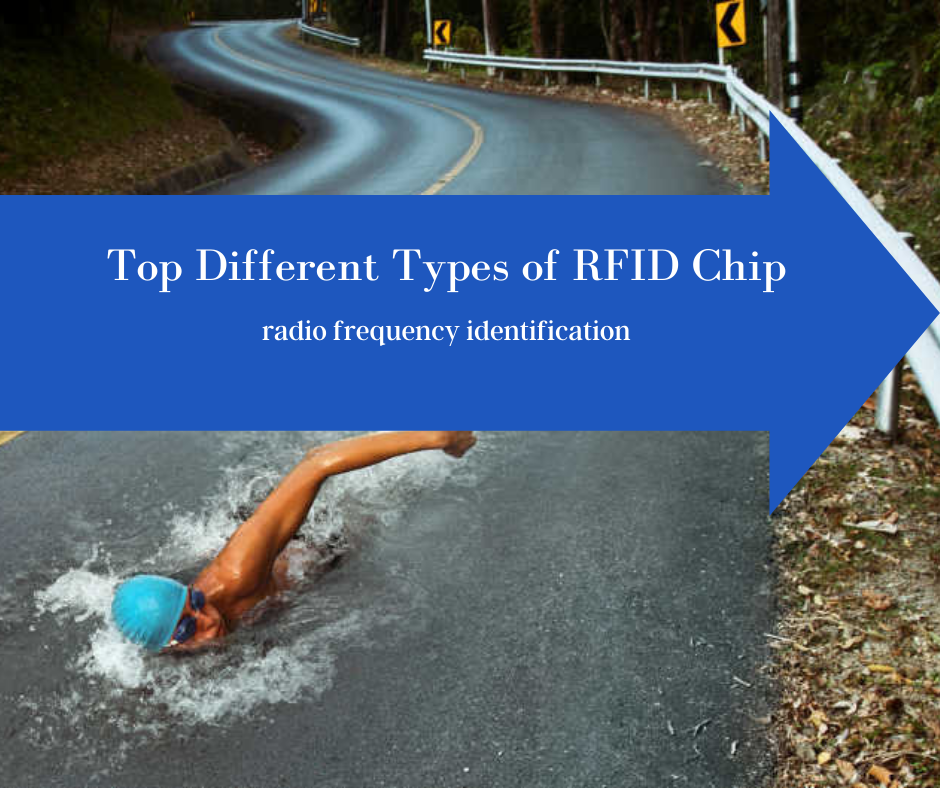
Top Different Types of RFID Chip Looking for the perfect RFID chip for your project? Consider factors like project requirements, application, cost, and availability. Make the right choice with our range of high-quality RFID chips. RFID tags are categorized into three groups based on their frequency ranges: low frequency (LF), high frequency (HF), and ultra-high frequency (UHF). In general, the lower the frequency of the RFID system, the shorter the read range and slower the data read rate. RFID chips are compact integrated circuits found within RFID tags or labels. Despite their size, these microchips are intricately designed, housing essential components like controllers, memory, and microprocessors. The chip functions by harnessing energy from the antenna’s waves, with the reader processing this information to transmit data stored within the same circuit. Constant advancements in integrated circuit technology result in the release of new chips regularly, boasting larger intern
RFID – Waste Bin Identification of Waste Collection

RFID – Waste Bin Identification of Waste Collection Ⅰ. Introduction With the continuous improvement of living standards, people pay more and more attention to the surrounding living environment. The administrative difficulty of the municipal department is increasing, the traditional management mode can not meet the modern requirements, there are many management bottlenecks. With the development of radio frequency identification (RFID) technology and satellite positioning technology, the management technology of electronic tagging, electronic monitoring and on-line monitoring, etc., it has a good technical foundation to realize the new leap from traditional manual processing to modern intelligent management. The electronic tag management system of Garbage Bin is based on RFID technology, combined with GPS and GPRS technology to realize garbage bin transportation management and real-time positioning monitoring function, provide basic information support and technical support for the env
Top 10 cool use of NFC tags
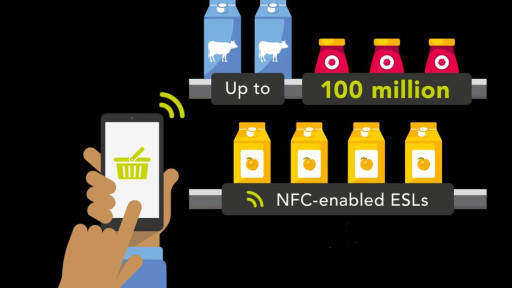
Top 10 cool use of NFC tags The power of NFC technology lies in its fast, seamless, and secure nature, enabling connected interaction between smartphones and physical media at the touch of a button. By integrating it into new business applications, such as interactive advertising, membership activation, point rewards, and information sharing on packaging and products, it can provide consumers with a new consumer experience. Merchants can also use it to collect data on every interaction of consumers and gain insight into consumer behavior. So, in addition to the current application in the field of retail payment and public transportation, in what ways can NFC technology be creatively applied to the interaction with consumers, thus opening up a new business model? Here are 10 examples of innovations from the world’s most innovative companies using NXP’s best-in-class NFC technology, tell me about your use of NFC. #1 Interconnection during the journey – Mini’s NFC car key BMW’s automot
How much and small are RFID tags
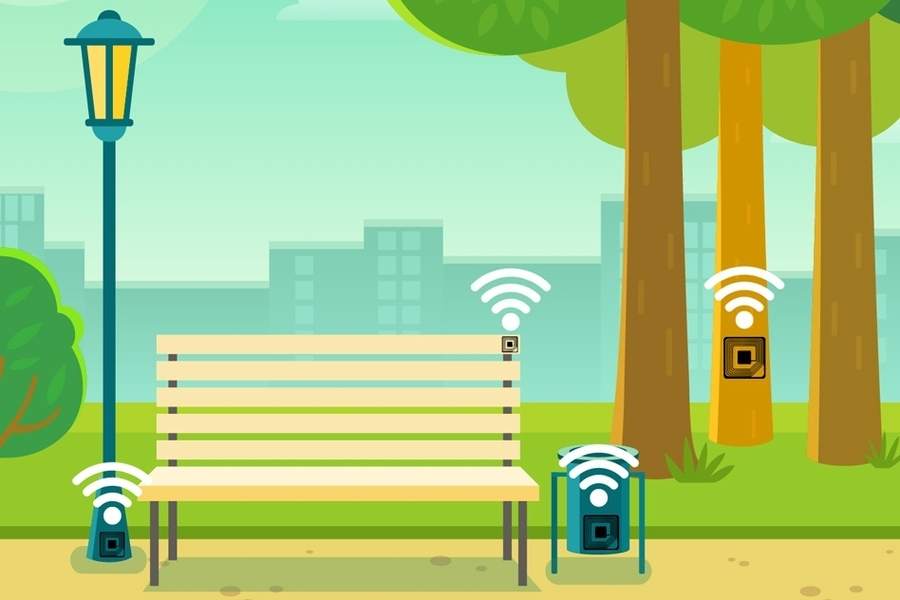
How much and small are RFID tags How many a RFID tag? Given the diversity of RFID products on the market today, in general, providing accurate figures on the cost of different components of an RFID system is an almost impossible task. Therefore, we will provide estimates to try to satisfy your curiosity and provide representation of the cost range for the current RFID market. To date, most companies that sell RFID tags have not indicated prices because prices are based on volume, memory, the packaging of the label itself, and whether the label is a special application or many other variables. In the promotion of RFID tags, the biggest problem is the cost, the price of each RFID tag is 0.3 to 0.6 US dollars. For those high-end products, an increase of $0.5 can be accepted by manufacturers and consumers, because for them, RFID tags are an excellent identification and tracking device, and the convenience and benefits it brings are more cost-effective. However, for medium and low-end dail
Active RFID vs. Passive RFID: What’s the Difference?
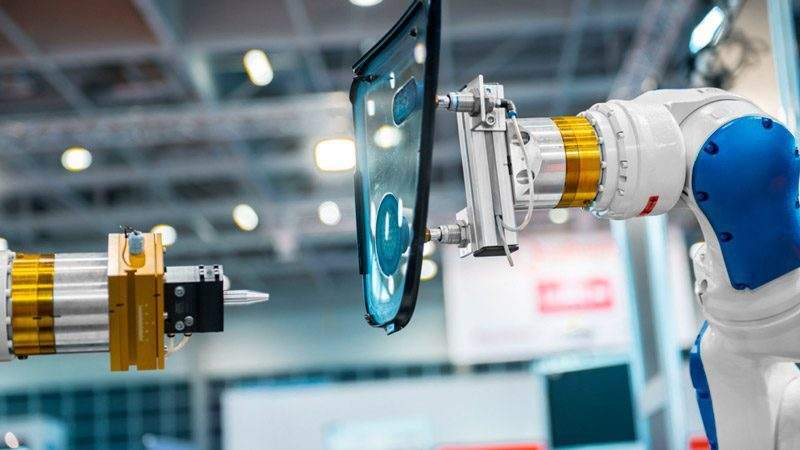
Active RFID vs. Passive RFID: What’s the Difference? RFID electronic tag is the common name of radio frequency identification (RFID), which consists of a tag, an interpreter and a data transmission and processing system. Generally divided into active RFID and passive RFID, memory with antenna chips, the chip stores information that can identify the target. The most mature application of RFID technology lies in the management of warehouses, logistics and supply chains to identify the advantages of long distance, fast, not easy to damage, large capacity and other bar codes, which can simplify the complicated process of traditional logistics and transportation, and improve the efficiency and transparency of cargo circulation. Application of RFID Tag. Whether it is active RFID or passive RFID, its role is to identify goods, but their application scenarios are not the same, in the traditional logistics system, active RFID because of the strong signal, the coverage is relatively wide, gener
What are the pros and cons of using RFID for Inventory Management?

What are the pros and cons of using RFID for Inventory Management? RFID for Inventory Management is used to recognize and discover unique objects, including products and items. The technology is measured by radio waves that interact between a tag on the product and the reader. In warehouses, distribution centers, and facilities that have deployed automated inventory management technology, barcode labels have become regular operating procedures. But RFID has become a bigger part of the inventory management equation, especially in retail where several big companies are using the tags to track goods at the pallet, case, and even item-level at the retail shelf. While RFID has some big benefits over barcode labels, deciding whether to use the technology in your inventory operations will require weighing the costs and benefits. Below, we’ve outlined some of the pros and cons of using RFID for inventory management. Features of RFID warehouse management software: Product Warehousing: RFID
Who Replace RFID?

Who Replace RFID? RFID — radio frequency identification, may have been ahead of its time in a flurry of high-profile pilot projects in the early 2000s, RFID became a useful tool in retail, logistics, healthcare and a handful of other enterprise sectors, the technology failed to grab the spotlight as expected. However, with higher accuracy rates, lower cost and the Internet of Things (IoT), RFID tags are fast prepping themselves for the second act by becoming an essential component of IoT implementation. According to a recent report by IDTechEx the total worth of RFID market is forecasted to rise up to $13.2 billion in 2020. Thanks to advances in sensors and data processing technology, some companies are again looking at tagging trucks, pallets, cases and items to track location and other data like temperature and impacts. There are various use cases where RFID could be the best option for low-cost inventory tracking. But the technology still faces headwinds from competing technologies
5 Forum Types of NFC Tag

5 Forum Types of NFC Tag Communication (Proximity Wireless Communication) is a near-field wireless communication technology with a 13.56MHz frequency band that allows contactless point-to-point data transmission and exchange between electronic devices (within 10cm). We using NFC technology can exchange data close to each other, realize mobile payment, electronic ticketing, access control, mobile identification, security, and other applications. Simply said, the NFC tag is a small chip that can rub input, and you can write some personalized features into it. For example, you write a URL, phone number into, write well, when you want to open this URL or dial you to write in the phone number, you just need to put the NFC tag and your phone’s NFC sensing area, this URL or phone number will automatically appear on your phone, very convenient. NFC technology combines the Reader, tag, and peer-to-peer data exchange! NFC Forum, as the author of the specification, defines the following 5 types
